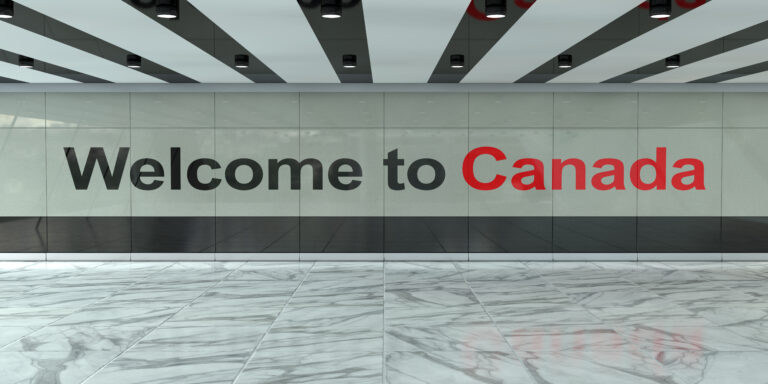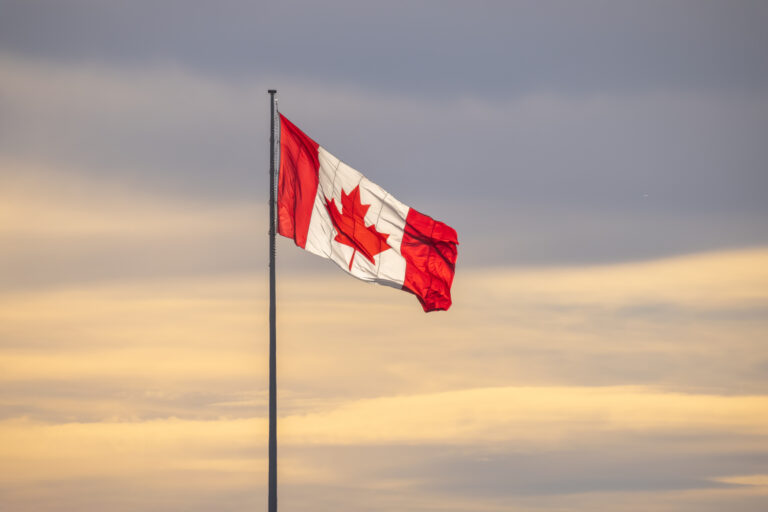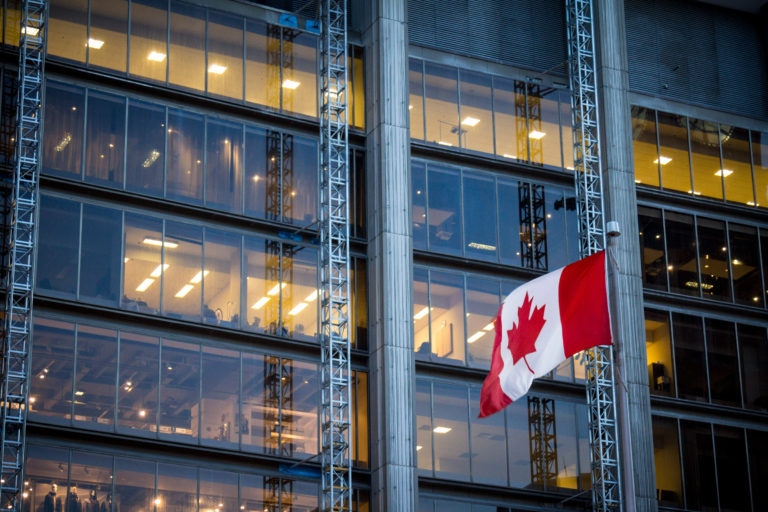Canada will welcome an unprecedented 1.45 million immigrants over the next three years as it looks to step up efforts to curb a chronic labour shortage by welcoming more newcomers.
Immigration Minister Sean Fraser said on Tuesday the country would target 465,000 newcomers in 2023, 485,000 in 2024 and 500,000 in 2025 in the federal government’s new Immigration Levels Plan.
Canada is already on track to exceed the 431,645 target for 2022 announced in the previous Immigration Levels Plan in February.
Read More Canada Immigration News
Canada’s Start-Up Visa Almost Triples Numbers Of New Immigrants In 2022
Poll Reveals Canadians Overwhelmingly Support Record-Breaking Immigration
Canada Economy Slowing Down But Job Vacancies Still High In August
The increases announced by Fraser include 301,250 new immigrants in the Economic Class alone, as Canada continues its commitment to help businesses beset with chronic labour shortages.
Immigration accounts for almost 100 per cent of Canada’s labour force growth, and, by 2032, it is projected to account for 100 per cent of Canada’s population growth, Immigration, Refugees and Citizenship Canada says.
“Last year, we welcomed the most newcomers in a single year in our history,” Fraser said.
“This year’s immigration levels plan will help businesses find the workers they need, set Canada on a path that will contribute to our long-term success, and allow us to make good on key commitments to vulnerable people fleeing violence, war and persecution.”
He made the announcement at the Finishing Trades Institute in North York, Ontario.
Canada’s 2023 to 2025 Immigration Levels Plan
| 2023 | 2024 | 2025 | ||
| Overall Planned Permanent Resident Admissions | 465,000 | 485,000 | 500,000 | |
| Economic | Federal High Skilled | 82,880 | 109,020 | 114,000 |
| Federal Economic Public Policies | 25,000 | – | – | |
| Federal Business | 3,500 | 5,000 | 6,000 | |
| Economic Pilots: Caregivers; Agri-Food Pilot; Rural and Northern Immigration Pilot; Economic Mobility Pathways Project | 8,500 | 12,125 | 14,750 | |
| Atlantic Immigration Program | 8,500 | 11,500 | 14,500 | |
| Provincial Nominee Program | 105,500 | 110,000 | 117,500 | |
| Quebec Skilled Workers and BusinessFootnote6 | See the Quebec immigration plan | To be determined | To be determined | |
| Total Economic | 266,210 | 281,135 | 301,250 | |
| Family | Spouses, Partners and Children | 78,000 | 80,000 | 82,000 |
| Parents and Grandparents | 28,500 | 34,000 | 36,000 | |
| Total Family | 106,500 | 114,000 | 118,000 | |
| Refugees and Protected Persons | Protected Persons in Canada and Dependents Abroad | 25,000 | 27,000 | 29,000 |
| Resettled Refugees – Government-AssistedFootnote7 | 23,550 | 21,115 | 15,250 | |
| Resettled Refugees – Privately Sponsored | 27,505 | 27,750 | 28,250 | |
| Resettled Refugees – Blended Visa Office-Referred | 250 | 250 | 250 | |
| Total Refugees and Protected Persons | 76,305 | 76,115 | 72,750 | |
| Humanitarian and Other | Total Humanitarian & Compassionate and Other | 15,985 | 13,750 | 8,000 |
Watch Video
Economic Class
The Provincial Nominee Program and Federal High Skilled categories will dominate the Economic Class newcomers.
PNP newcomers will account for 105,000 new permanent residents in 2023, 110,000 in 2024 and 117,500 in 2025.
Canada will also welcome 82,880, 109,020 and 114,000 in 2023, 2024 and 2025 respectively through the Federal High Skilled stream, mainly managed by Express Entry.
The stream includes newcomers through the Federal Skilled Worker, Federal Skilled Trades and Canadian Experience Class programs.
The Atlantic Immigration Program will also grow to 14,500 newcomers by 2025, and other economic pilots to 14,750.
Family Class
Canada’s Family Class category will grow to 106,500 in 2023, then 114,000 in 2024 and 118,000 by 2025.
The majority of family sponsorship newcomers will be spouses, partners and children, growing to 82,000 by 2025. However, there will also be room for a record number of parents and grandparents, at 36,000 by 2025.
Refugees
Canada will continue to welcome large numbers of refugees, including 76,305 in 2023, 76,115 in 2024 and 72,750 in 2025.
More Highlights of the 2023 to 2025 Immigration Levels Plan
- a long-term focus on economic growth, with just over 60% of admissions in the economic class by 2025.
- using new features in the Express Entry system to welcome newcomers with the required skills and qualifications in sectors facing acute labour shortages such as, health care, manufacturing, building trades and STEM (Science, Technology, Engineering and Math).
- increases in regional programs to address targeted local labour market needs, through the Provincial Nominee Program, the Atlantic Immigration Program, and the Rural and Northern Immigration Pilot.
- reuniting more families faster.
- ensuring that at least 4.4% of new permanent residents outside Quebec are Francophone.
- support for global crises by providing a safe haven to those facing persecution, including by expanding the Economic Mobility Pathways Pilot.


